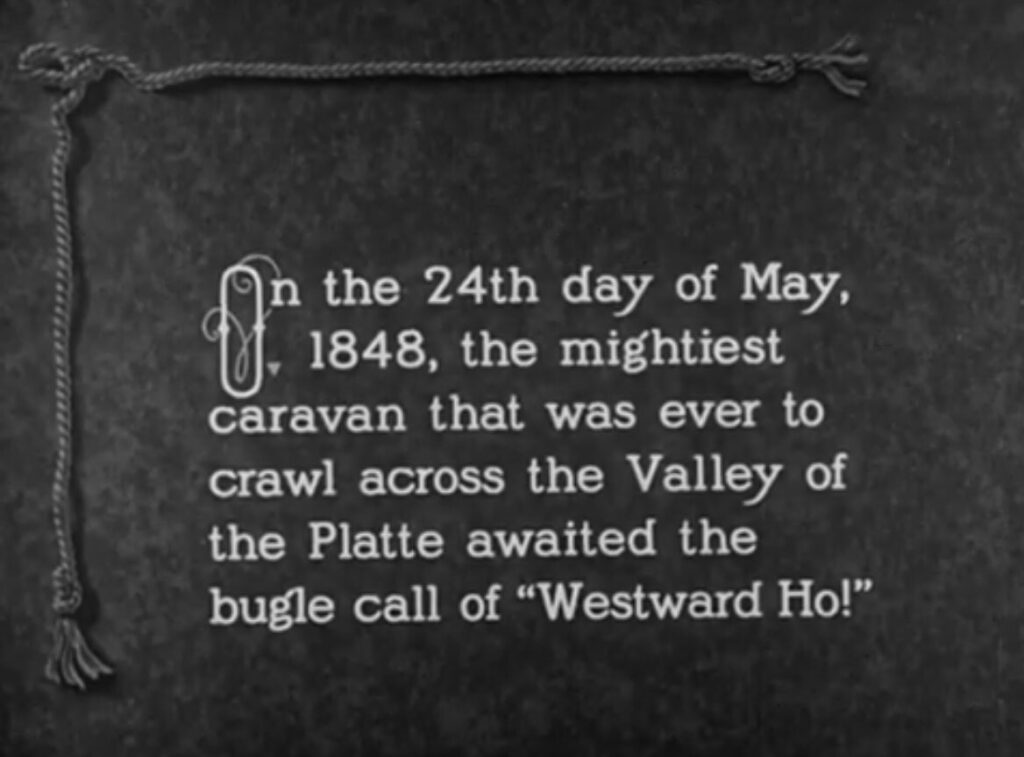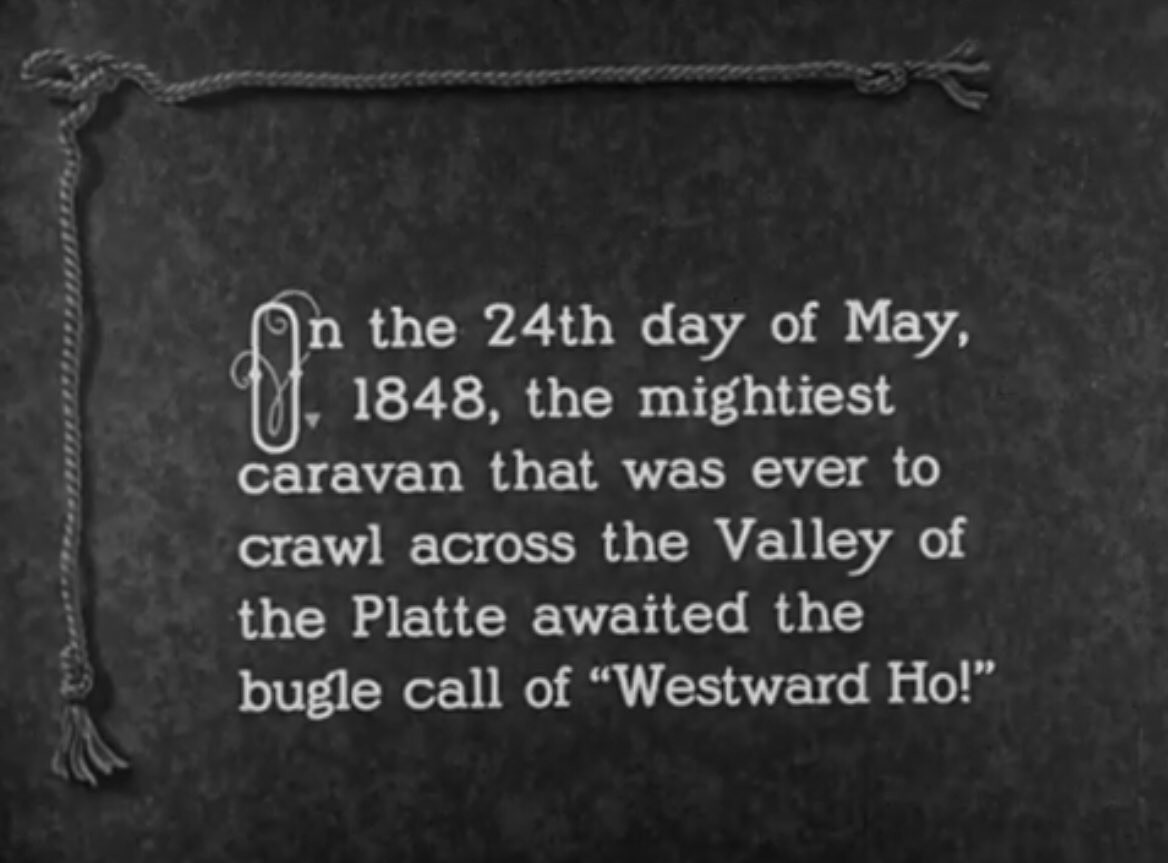One type of sub-title in Silent Film is the one whose purpose is to feed us exposition. A disembodied narrator we never meet or are introduced to, appearing only sparingly, giving us just enough information so we know where we are now, or when, or so we know of a shift in dramatic action.
Sometimes it’s nothing more than letting us know it’s the following day. Sometimes we learn that it’s now ten years later, or that Johnny is now an adult, or that someone’s uncle has passed away and left them a fortune. The location may have changed, and just in case we’ve never seen or been to Death Valley or Niagara Fallas, that’s where we are. There may be a passage of time between locations, or as in the “seven floors higher” that appears in the middle of a chase up and down flights of stairs in an apartment building in Keaton’s The Goat (1921), a jump in time and space during an action sequnce.
Who is this narrator? We don’t know. We are never introduced to them. This external voice of the story just exists, and drops in from time to time, as needed. And not only does it not appear with a certain consistency or regularity during a film, or during all pictures made during the silent era, but inasmuch as we count on it to set us off on our journey at the beginning of the film, it does not always return to wrap the story up. Frequently, it doesn’t need to.

Because it’s there to get us situated. Like a server in a restaurant, it shows us to our table and lets us know the specials, but when the meal is over and the check paid, we can find our coats and make our way out of the café on our own.
The expositional sub-title is one of the type of title cards we expect in Silent Film and are immediately accepting of, even if we’ve never seen a Silent Film before. In my many years of accompanying or presenting silents and doing Q&A’s no one has ever asked who that was supposed to be, and why they gradually disappear over the course of the film.
As members of the audience of a Silent Film, we take in the information shared and as soon as we’re out of the title and into the next shot, are already fusing it with what we’re seeing to make the story happen.
The first post in this series is here.
The previous post (#20) to this one is here.
The next one (#22) is here.

Taking this a step further, D.W. Griffith used the intertitles to actually give history lessons to validate what the audience was about to see as well as to give them context.
Ed, that’s part of what I’m covering in the next post. ;)